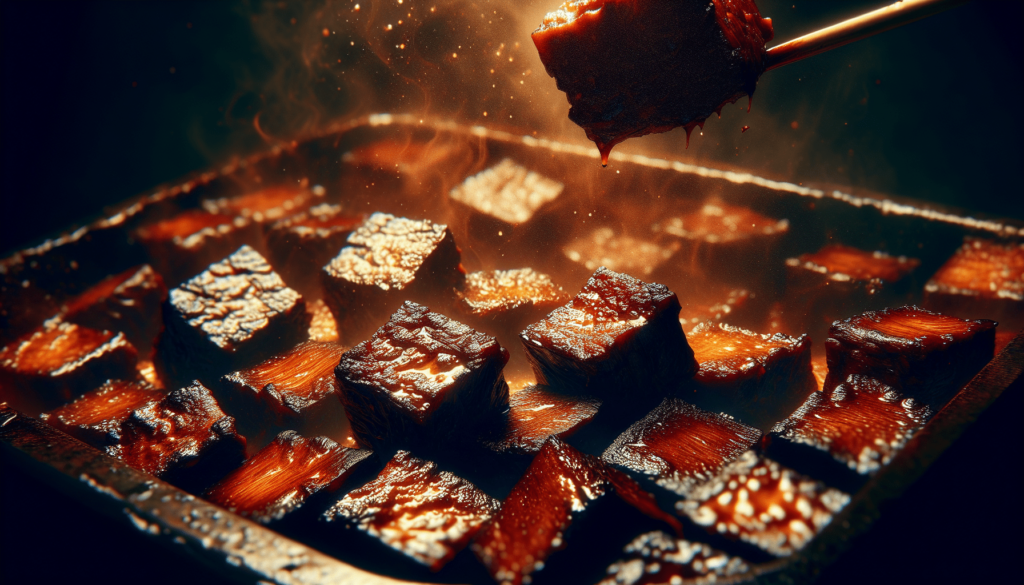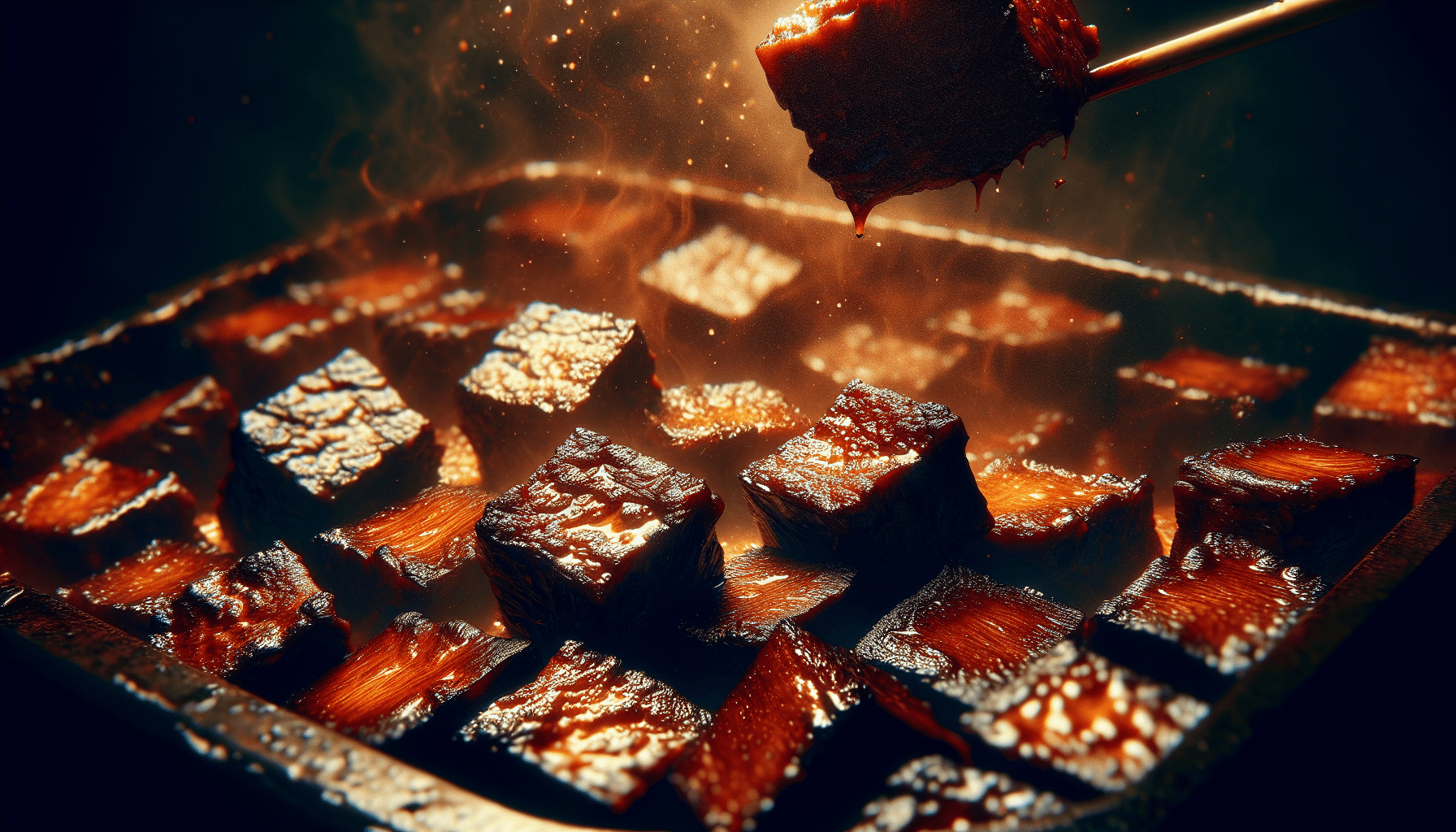Imagine this: you have a busy day ahead and want to come home to a delicious, tender meal ready to be devoured. Slow cookers are often a go-to appliance for such occasions, promising convenience and mouth-watering results. But have you ever wondered what happens if you skip the step of browning the meat before tossing it into the slow cooker? In this article, we will explore the effects of skipping this seemingly insignificant step and uncover whether it truly makes a difference in the final outcome of your slow-cooked masterpiece. Get ready to discover if browning your meat before slow cooking is truly worth the extra effort!

Heading 1: Introduction to Browning Meat Before Slow Cooking
Subheading 1.1: Importance of Browning Meat
When it comes to slow cooking, browning the meat before using a slow cooker can greatly enhance the flavor and texture of your dishes. Browning, also known as searing, involves cooking the meat over high heat until a brown crust forms on the surface. This process helps to achieve a rich, caramelized flavor and an appealing texture, making your meat more delicious and visually appealing.
Subheading 1.2: The Maillard Reaction
The reason why browning meat before slow cooking is vital lies in the Maillard reaction. This chemical reaction occurs when proteins and sugars react at high temperatures, resulting in the formation of complex flavor compounds and a desirable brown color. By searing your meat beforehand, you initiate this reaction, unlocking a depth of flavor that enhances the overall taste experience of your slow-cooked dishes.
Heading 2: Flavors and Textures in Slow-Cooked Meat
Subheading 2.1: Enhanced Flavor Profile
By browning the meat before slow cooking, you create a foundation of rich flavors that seep into the entire dish. The Maillard reaction produces new chemical compounds that bring out savory, nutty, and caramelized flavors, adding complexity and depth to your meal. This added flavor can greatly elevate the taste of your meat, making it more enjoyable and satisfying.
Subheading 2.2: Improved Visual Appeal
Another benefit of browning meat before slow cooking is the improved visual appeal it offers. A well-browned piece of meat creates an appetizing golden-brown crust that not only adds aesthetic value but also gives the impression of a nicely cooked dish. The process of searing enhances the overall appearance of the meat, making your slow-cooked meals more visually appealing and appetizing.
Heading 3: Retention of Juiciness and Texture
Subheading 3.1: Moisture Retention
One of the concerns when slow cooking meat is the potential loss of moisture, resulting in dry and tough meat. Browning the meat before using the slow cooker helps to mitigate this problem. The initial searing process seals the surface, preventing excessive moisture loss during the slow cooking process. This technique helps to trap the natural juices within the meat, preserving its tenderness and succulence.
Subheading 3.2: Improved Texture
In addition to retaining moisture, browning meat before slow cooking also enhances the texture of the final dish. The Maillard reaction not only creates flavorful compounds but also changes the structure of proteins, resulting in a more tender and juicy meat. The caramelization of sugars during browning adds a delightful crispness to the surface, providing a delightful contrast to the tender interior. By taking the time to sear your meat, you can achieve a more enjoyable texture in your slow-cooked dishes.
Heading 4: Common Concerns and Misconceptions
Subheading 4.1: Time Constraints and Convenience
One common reason people choose to skip the step of browning meat before slow cooking is the perceived added time and inconvenience. However, the benefits gained from this additional step far outweigh the minimal effort required. While it may take a few extra minutes to brown the meat, the resulting flavor and texture enhancements are well worth the investment. Plus, the slow cooking process itself requires minimal hands-on time, making it a convenient cooking method overall.
Subheading 4.2: Food Safety
There can be concerns regarding food safety when searing meat, especially if it’s not cooked thoroughly in the slow cooker. It’s important to note that browning meat before slow cooking does not eliminate the need for proper food handling and cooking protocols. It is essential to ensure that the meat reaches a safe internal temperature during the slow cooking process, following guidelines provided by reputable sources such as the United States Department of Agriculture (USDA) or your local food safety authority.

Heading 5: Alternative Cooking Techniques
Subheading 5.1: Browning Alternatives
While browning meat before slow cooking is recommended for optimal flavor and texture, there are some alternatives to consider if you are short on time. If browning in a separate skillet seems inconvenient, you can opt for a slow cooker with a sear or sauté function. These models allow you to brown the meat directly in the slow cooker before switching to the low and slow cooking mode. Another option is marinating the meat in flavorful ingredients beforehand, which can help enhance the taste even if browning is skipped.
Subheading 5.2: Slow Cooking without Browning
Although the benefits of browning meat before slow cooking are clear, it is still possible to enjoy delicious meals without this step. Slow cooking itself can still result in tender, flavorful dishes, although they may lack the depth and complexity achieved through browning. If time constraints or other factors prevent you from browning the meat, rest assured that your slow-cooked meals can still be enjoyable with proper seasoning and cooking techniques.
Heading 6: Conclusion
To maximize the flavor, texture, and overall quality of your slow-cooked meat dishes, browning the meat before using a slow cooker is highly recommended. The Maillard reaction adds depth and complexity to the flavor profile, while the searing process helps retain moisture and enhance texture. While there may be alternative techniques and circumstances where browning is not possible, taking the extra step of browning will undoubtedly elevate your slow-cooked meals to new heights. So next time you’re preparing a slow-cooked dish, remember the importance of browning your meat, and savor the difference it makes. Happy cooking!
